Purnima Pooja Kit, Purnima Pooja Samagrih, Pooja Items, Purnima Pooja Items
₹5,595.29 Original price was: ₹5,595.29.₹3,729.91Current price is: ₹3,729.91.
Purnima Pooja Kit, Purnima Pooja Samagrih, Pooja Items, Purnima Pooja Items:
Details:
Item: Purnima Pooja Kit
Quantity: 25
Color: Multi
Products: Lakshmi Vishnu Poster, Kumkum, Nadachadi, Kamalgatta, Gehu, Bataase, Kapoor, Agarbatti, Chandan, Gangajal, Janeu, Itar, Supari, Akshat, Diya, Ghi Batti, Lal Kapda, Lakshmi Vrat Book, Sahad, Laung Ilachi, Hawan Samagri, Cowdung, Mitti Ka Bada Diya.
Purnima, or the full moon day, holds significant spiritual significance in Hindu culture. It’s a time when devotees gather to perform special prayers and rituals to seek the blessings of the divine. Purnima Pooja, dedicated to Lord Vishnu and Goddess Lakshmi, is one such auspicious occasion celebrated with fervor and devotion. To ensure a successful and fulfilling Purnima Pooja, it’s essential to gather the necessary samagri (items) and follow the prescribed pooja vidhi (rituals).
Purnima Pooja Samagri:
- Lakshmi Vishnu Poster: A poster or image of Lord Vishnu and Goddess Lakshmi serves as the focal point of the pooja, symbolizing prosperity, abundance, and divine blessings.
- Kumkum: Red vermilion powder is used to make a tilak (sacred mark) on the forehead of the deity and devotees, symbolizing auspiciousness and devotion.
- Nadachadi: A mixture of nine grains is offered as a sacred offering to the deities, symbolizing abundance and fertility.
- Kamalgatta: Lotus seeds, representing purity and spiritual growth, are offered as a symbol of devotion to Lord Vishnu and Goddess Lakshmi.
- Gehu: Wheat grains are offered as a symbol of prosperity and sustenance, seeking the blessings of the deities for a bountiful harvest.
- Bataase: Betel leaves and betel nuts are offered as a mark of respect and devotion to the deities, symbolizing hospitality and auspiciousness.
- Kapoor: Camphor is used during the pooja for its purifying properties, symbolizing the burning away of impurities and negativities.
- Agarbatti: Incense sticks are lit to create a fragrant ambiance and purify the atmosphere during the pooja.
- Chandan: Sandalwood paste is applied to the deities’ idols or images as a mark of reverence and to enhance the divine ambiance of the pooja.
- Gangajal: Water from the sacred river Ganga is used for purifying the pooja items and the devotees, symbolizing spiritual purification and sanctity.
- Janeu: The sacred thread, worn by Brahmins, is used during the pooja to symbolize purity and sanctity.
- Itar: Fragrant oils or perfumes are used to anoint the deities’ idols or images, creating a divine ambiance during the pooja.
- Supari: Betel nuts are offered as a gesture of respect and devotion to the deities.
- Akshat: Raw rice grains, often colored with turmeric, are used as an offering to the deities, symbolizing purity and auspiciousness.
- Diya: Oil lamps are lit to illuminate the pooja space and symbolize the dispelling of darkness by the light of knowledge.
- Ghi Batti: Clarified butter lamps are lit as offerings to the deities, symbolizing purity, prosperity, and auspiciousness.
- Lal Kapda: A red cloth is used to adorn the pooja area and the deities’ idols or images, symbolizing devotion and auspiciousness.
- Lakshmi Vrat Book: A sacred book containing prayers, hymns, and rituals dedicated to Goddess Lakshmi is used during the pooja to guide devotees through the ceremony.
- Sahad: Honey is offered as a sweet delicacy, symbolizing the sweetness of devotion and the divine blessings bestowed upon the devotees.
- Laung and Ilachi: Cloves and cardamom are offered as part of the pooja, signifying purity, auspiciousness, and divine blessings.
- Haldi (p): Turmeric powder is used as an offering to the deities, symbolizing purity, protection, and auspiciousness.
- Hawan Samagri: A mixture of sacred herbs and ingredients used in havan (fire ritual) is prepared for invoking divine blessings and purification.
- Cowdung: Cow dung is used as fuel for the sacred fire during the havan, symbolizing purity and divine energy.
- Mitti Ka Bada Diya: A large earthen lamp filled with ghee (clarified butter) is lit during the havan as an offering to the deities and to invoke their blessings.
Purnima Pooja Vidhi and Process:
- Preparation: Cleanse the pooja area and arrange all the necessary samagri on a clean cloth or altar. Place the Lakshmi Vishnu poster or image in the center.
- Invocation: Begin the pooja by invoking the presence of Lord Vishnu and Goddess Lakshmi through prayers and chanting of mantras, such as the Vishnu Sahasranama or the Lakshmi Gayatri Mantra.
- Offerings: Offer each of the pooja items to the deities with devotion and reverence, reciting prayers and mantras as you do so. Offer flowers, fruits, sweets, and other delicacies as naivedya (food offering) to the deities.
- Aarti: Light the diya and agarbatti, and perform the aarti while singing hymns and praises to Lord Vishnu and Goddess Lakshmi.
- Prasad: Distribute the prasad, consisting of fruits, sweets, and betel nuts, to the devotees as a blessing from the deities.
- Havan: If performing havan, prepare the sacred fire and offer the hawan samagri into the fire while chanting mantras for invoking divine blessings and purification.
- Conclusion: Conclude the pooja with heartfelt prayers for the well-being, prosperity, and spiritual fulfillment of all beings, seeking the blessings of Lord Vishnu and Goddess Lakshmi.
In Conclusion, Purnima Pooja is a sacred ritual that offers devotees an opportunity to connect with the divine energy of Lord Vishnu and Goddess Lakshmi and seek their blessings for prosperity, abundance, and spiritual growth. By following the prescribed rituals and offering heartfelt devotion, devotees can experience the divine presence and receive blessings for a fulfilling and prosperous life.

1 review for Purnima Pooja Kit, Purnima Pooja Samagrih, Pooja Items, Purnima Pooja Items
Only logged in customers who have purchased this product may leave a review.




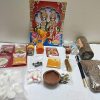


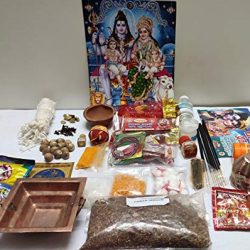
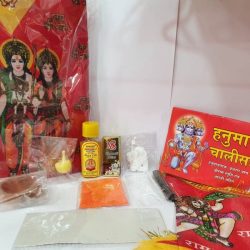
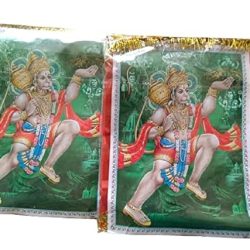
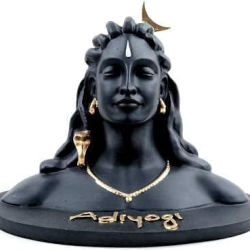

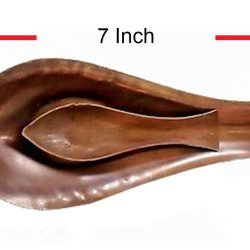
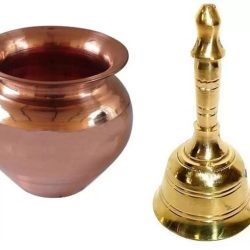

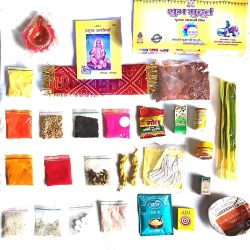
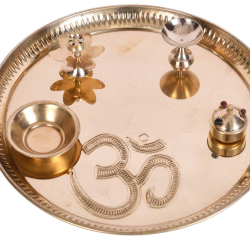
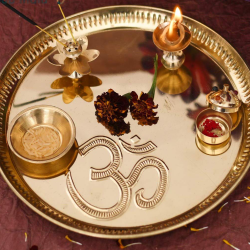
sameer –
fast delivery